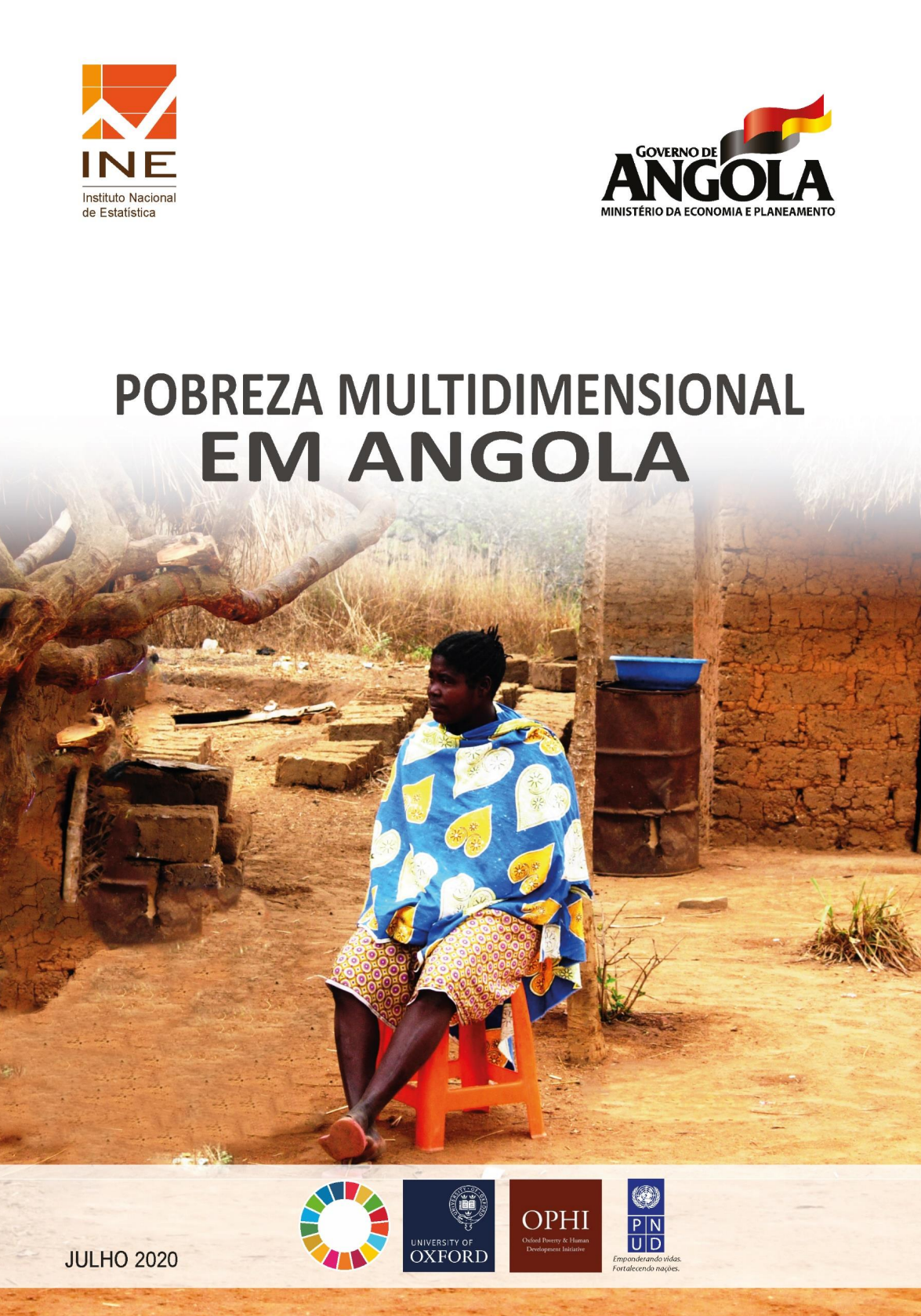Pobreza Multidimensional Em Angola
This report presents the findings of the Multidimensional Poverty Index of Angola (A-MPI) to guide more informed decisions on issues related to poverty eradication. The report is the product of a long and strategic partnership between the National Statistics Institute (INE), the United Nations Development Programme (UNDP) and the Oxford Poverty and Human Development Initiative (OPHI). The Angolan MPI responds to one of the priority actions included in Angola’s National Development Plan (PDN) 2018–2022. Resulting from in-depth technical consultations, the Angolan MPI is made up four essential dimensions: health, education, quality of life and employment.
The report is based on the 2015–2016 Multiple Health Indicators Survey (IIMS) and considers people living with at least 30% of the deprivations analyzed to be multidimensionally poor.
Key findings based on the 2015–2016 data include:
- 54% of Angolans are multidimensionally poor.
- Poverty is more pronounced among children under the age of 10.
- In urban areas, about 1 in 3 people (35% of the population) is multidimensionally poor, while in rural areas this figure rises to 9 in 10 people (88% of the population).
- In Luanda, 23.7% of the population is multidimensionally poor, but in Bié, Cunene, Lunda Norte, Moxico, Cuando Cubango, Uíge, Huíla, Cuanza Sul and Huambo, multidimensional poverty affects at least 70% of the province's population.



